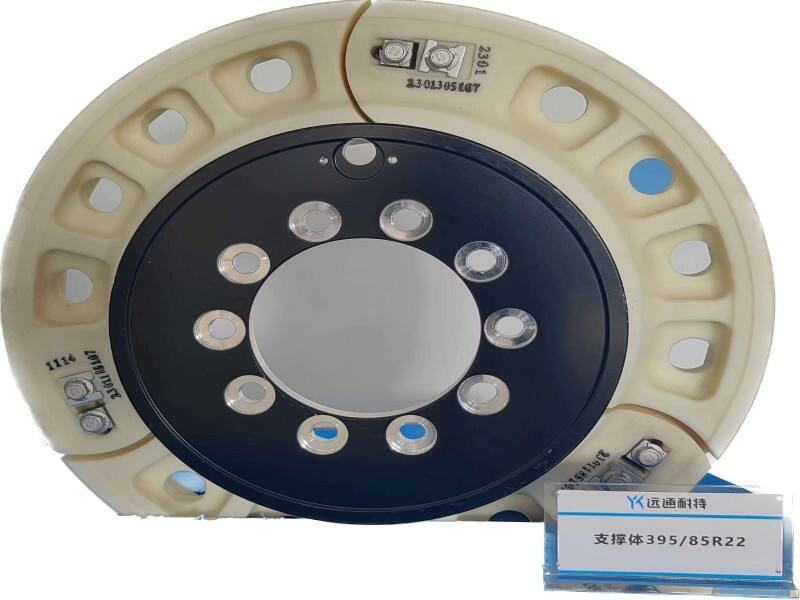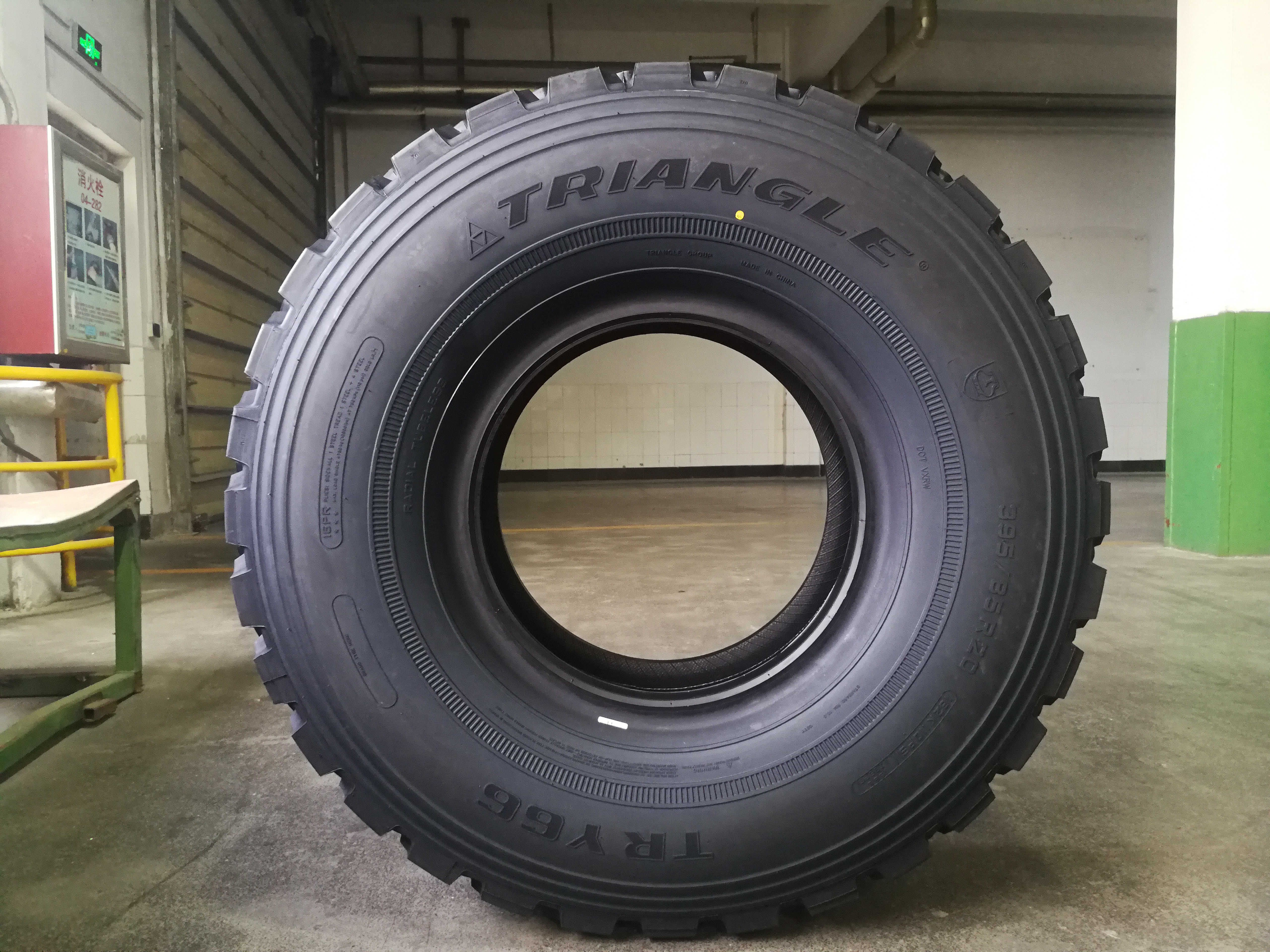self driving vehicles
Self driving vehicles represent a revolutionary advancement in automotive technology, combining sophisticated sensors, artificial intelligence, and advanced control systems to navigate roads autonomously. These vehicles utilize an array of technologies including LiDAR, radar, cameras, and GPS systems to create a comprehensive understanding of their environment. The primary function of self driving vehicles is to transport passengers safely and efficiently without human intervention. They employ complex algorithms to process real time data, make driving decisions, and adapt to changing road conditions. The technology features multiple layers of safety systems, including obstacle detection, predictive braking, and lane keeping assistance. These vehicles can operate at various levels of autonomy, from partial assistance to fully autonomous operation. In practical applications, self driving vehicles are being implemented in ride hailing services, delivery operations, and personal transportation. They're particularly valuable in situations requiring consistent operation over long periods, such as long haul trucking or shuttle services. The integration of machine learning allows these vehicles to continuously improve their performance through experience, making them increasingly reliable and efficient over time.

 EN
EN
 AR
AR
 BG
BG
 FR
FR
 DE
DE
 HI
HI
 IT
IT
 JA
JA
 KO
KO
 PL
PL
 PT
PT
 RU
RU
 ES
ES
 SV
SV
 TL
TL
 ID
ID
 LV
LV
 LT
LT
 SR
SR
 UK
UK
 VI
VI
 TH
TH
 TR
TR
 FA
FA
 AF
AF
 HY
HY
 AZ
AZ
 KA
KA
 BN
BN
 LA
LA
 MN
MN
 SO
SO
 MY
MY
 KK
KK
 UZ
UZ
 KU
KU
 KY
KY








